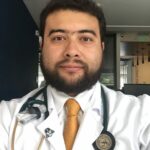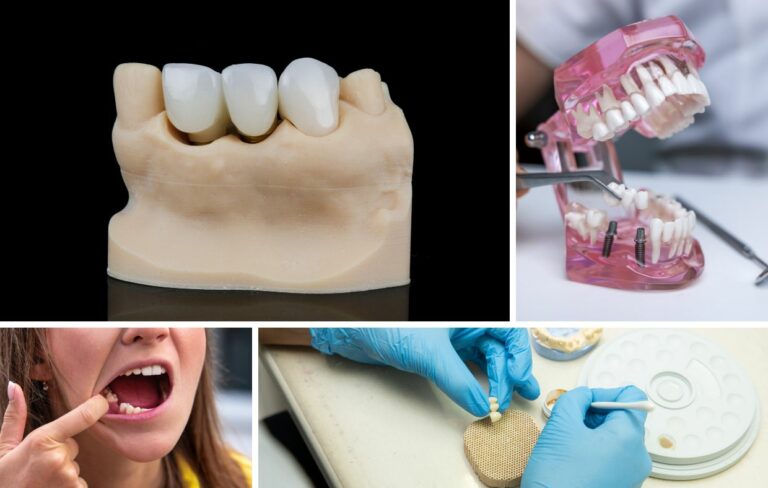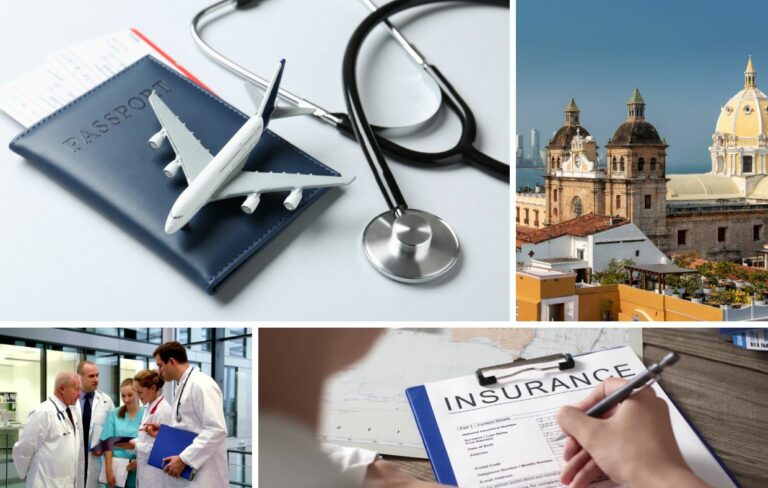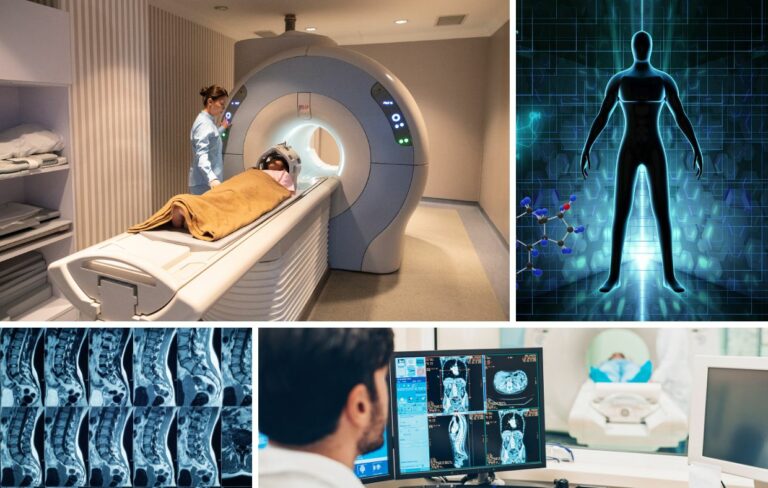Book Appointment Now
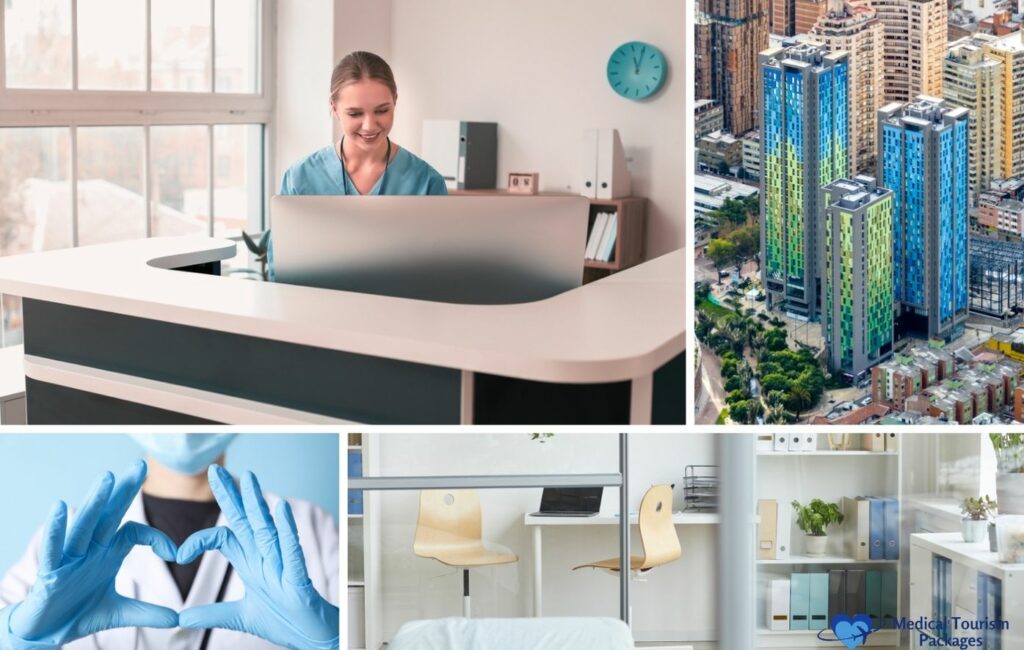
How to find the Best Plastic Surgeons in Colombia: Top Doctors & Premium Care
Colombia has become one of the go-to spots for plastic and cosmetic surgery globally. People from all over are drawn to this South American country for its mix of skilled doctors, excellent care, and prices that won’t break the bank. The numbers back this up – Colombia saw medical tourist visits jump from 25,000 in 2015 to 85,000 in 2023, with Americans making up a big chunk of those visitors. Cities like Bogotá, Cali, and especially Medellín have built up some serious medical infrastructure aimed at visitors looking for surgeries.
Planning a trip for surgery takes work, though. Companies like Medical Tourism Packages (MTP) can make things way easier by handling the details and connecting you with quality care. This guide will show you how to check out potential surgeons, understand what qualifications actually matter, and get ready for a safe and successful surgery in Colombia.
Why So Many People Pick Colombia for Plastic Surgery
Colombia’s reputation for medical tourism—especially plastic surgery—comes down to several key advantages:
- Way More Affordable: You’ll typically pay 40-70% less than in the US or Europe. A nose job might cost about $2,500-$5,950 in Colombia compared to $7,000-$12,000+ back home. Lipo 360 runs about $4,900-$5,500 versus $8,800-$10,000+ in the States. These savings come from lower operational costs (cheaper labor, supplies, and malpractice insurance) and a competitive market—not from cutting corners (if you pick reputable providers).
- Seriously Skilled Surgeons: Many Colombian plastic surgeons train both at home and abroad. The sheer volume of procedures they perform helps them develop expertise in specific areas like mommy makeovers or advanced lipo techniques.
- Modern Facilities: You’ll find state-of-the-art clinics and hospitals throughout Colombia. Several facilities have international accreditation, meaning they meet or exceed global standards.
- Personal Touch: Colombian providers often spend more time with patients and provide more personalized care. There’s also something to be said for the warmth of Colombian culture that makes the experience less clinical.
- All-In-One Packages: Many clinics and companies offer packages that include everything: surgery, anesthesia, facility fees, hotel stays, transportation, and aftercare.
- Nice Places to Recover: Medellín (known as the “City of Eternal Spring” for its perfect weather), Cali, and Bogotá all offer great medical infrastructure and comfortable recovery options.
- Government Backing: The Colombian government has invested in regulations and infrastructure to support medical tourism and ensure patient safety.
- Popular Procedures: People most commonly travel to Colombia for lipo (including VASER and HD techniques), Brazilian butt lifts, breast work (augmentation, lifts, reductions), tummy tucks, nose jobs, facelifts, and eyelid surgeries.
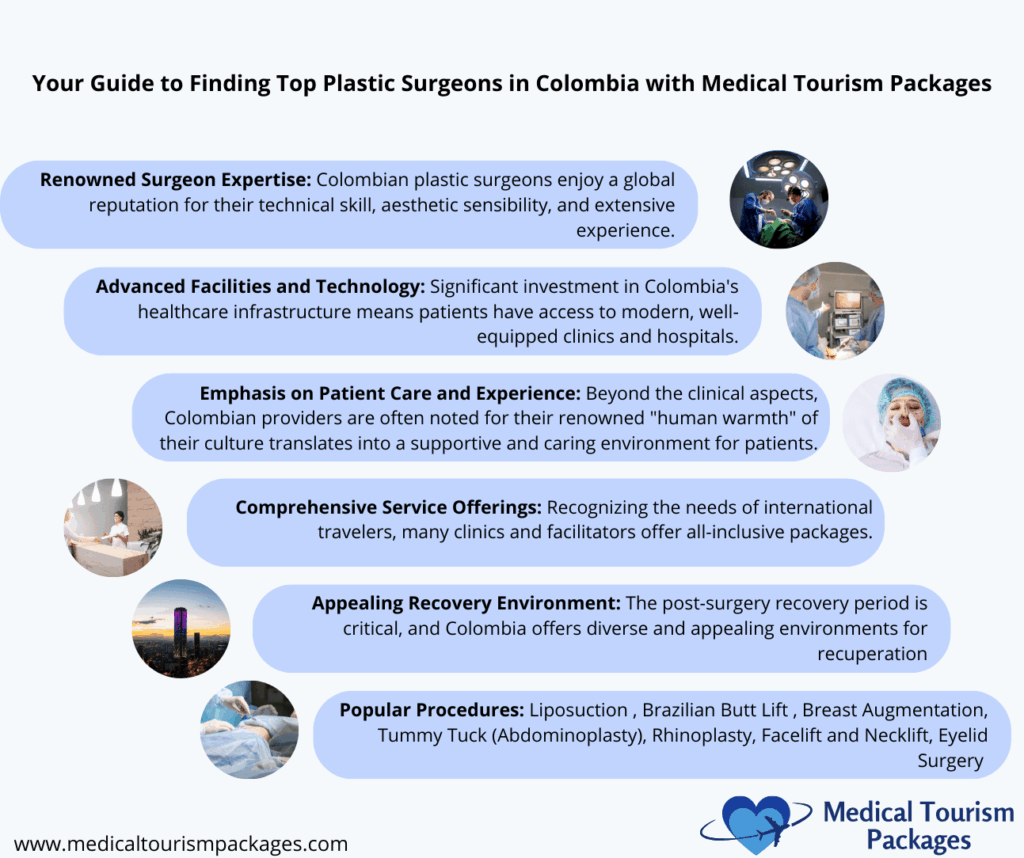
What Makes a Surgeon “Top-Tier” in Colombia? (And How to Spot One)
Finding the right surgeon involves more than just checking reviews or following recommendations. The market research shows that US patients fall into two distinct groups: cost-conscious patients (typically looking to save money on procedures they couldn’t afford at home) and affluent wellness-seekers (looking for premium experiences with privacy and personalized service). No matter which camp you’re in, here’s what really matters:
Board Certification & Credentials That Count
First things first—make sure they’re certified by the Sociedad Colombiana de Cirugía Plástica Estética y Reconstructiva (SCCP). You can check their official directory yourself. Better yet, look for surgeons who belong to international organizations like the International Society of Aesthetic Plastic Surgery (ISAPS) or American Society of Plastic Surgeons (ASPS). Some might even have US board certification (ABPS) or be Fellows of the American College of Surgeons (FACS). Don’t just take their word for it—verify these credentials yourself through the official websites.
Specialization Matters
Surgeons who specialize in specific procedures typically have better techniques and deeper experience. A doctor who does tummy tucks all day every day is probably going to be better at them than someone who does a bit of everything.
Track Record You Can See
Look at their before-and-after photos—lots of them. Be critical when evaluating these images:
- Look for patients with similar body types or facial features to yours
- Check for consistency in lighting, angles, and positioning between before and after shots
- Examine multiple angles of the same patient when available
- Pay attention to long-term results (6+ months post-op), not just immediate results
- Be wary of overly perfect images that may be digitally enhanced
- Notice if the surgeon shows a variety of outcomes or only “perfect” results
- Assess if the results look natural or obviously “done”
Ask how many of your specific procedure they’ve done recently, not just in their career. A surgeon who has performed hundreds of rhinoplasties in the last few years will likely have more refined techniques than someone who does them occasionally.
Where They Operate Is Crucial
Surgery should only happen in properly accredited facilities. In Colombia, check that clinics are “habilitada” (authorized by local health authorities). Ideally, look for international accreditation like Joint Commission International (JCI). Facilities like InterQuirófanos in Medellín, Fundación Santa Fe de Bogotá, and Hospital Pablo Tobón Uribe in Medellín have this gold-standard JCI accreditation.
Patient Feedback (With a Grain of Salt)
Reviews can be helpful, but look for detailed accounts across multiple sources. Be skeptical of perfect 5-star ratings everywhere—nobody’s perfect.
Can You Communicate Clearly?
You need to be able to express concerns and understand recommendations clearly. Finding an English-speaking surgeon is ideal, but if that’s not possible, make sure you have reliable translation support.
Popular Locations for Plastic Surgery in Colombia
Many patients research specific cities when planning their medical travel. Here’s some basic information on key locations—but remember, this isn’t a ranking or endorsement. Always do your homework.
Bogotá
As Colombia’s capital, Bogotá is a major center for advanced medical care and plastic surgery. The city houses numerous internationally accredited facilities and surgeons who specialize in a wide range of cosmetic procedures. Many surgeons here have international training and credentials like FACS (Fellow of the American College of Surgeons).
Cali
Cali has established itself as another prominent center for cosmetic surgery, with specialized clinics that cater to international patients. The city has gained recognition for various procedures including body contouring and facial surgeries. Some recovery houses in Cali are specifically designed for post-operative care of international patients.
Medellín
Medellín is a top destination with excellent facilities (including JCI-accredited ones like IQ Interquirofanos) and experienced surgeons. Known as the “City of Eternal Spring” for its pleasant year-round climate, it offers an ideal recovery environment. The medical infrastructure here has developed significantly to accommodate the growing number of international patients.
Getting Past the “Top 10” Lists to Find Your Best Match
Finding the right surgeon means going deeper than online rankings.
Those “Best Of” Lists? Take ‘Em With a Pinch of Salt
Be skeptical of “Top 5” or “Top 10” lists—they’re often based on nothing but marketing. Instead, focus on verifying credentials, experience, patient results, and facility quality yourself. The “best” surgeon is the one who’s right for YOUR specific procedure and needs.
Location Considerations Beyond the Doctor
When choosing between Bogotá, Cali, or Medellín, think about travel convenience, recovery environment, and your support system.
Danger Signs to Watch For
The biggest threat to safety in Colombia is the existence of what locals call “garage clinics” – unregulated facilities with potentially unqualified practitioners. These places prey on price-sensitive patients by offering rock-bottom rates, but the risks are deadly serious.
Protect yourself by recognizing these red flags:
- Missing or unverifiable credentials (can’t confirm SCCP membership)
- High-pressure sales tactics or unusually quick scheduling
- No transparency about experience, facility, or safety measures
- Can’t have a detailed consultation with the actual surgeon
- Downplaying risks (especially for high-risk procedures like BBL)
- Operating in unaccredited facilities
- Poor communication or vague answers about protocols
- Prices that seem too good to be true (they probably are)
Working with a Medical Tourism Facilitator: Benefits and Selection Criteria
Navigating medical care in another country involves complex logistics, language barriers, and system differences. Medical tourism facilitators can simplify this process and provide valuable protection through professional vetting and support.
What Good Facilitators Offer
When working well, a quality facilitator provides:
- Independent Provider Vetting: They conduct background checks on surgeons and facilities, verifying credentials, reviewing safety records, and assessing patient feedback.
- Streamlined Communication: They bridge language barriers and facilitate clear exchanges of information between you and medical providers.
- Logistical Coordination: They arrange consultations, schedule procedures, coordinate transportation, and secure appropriate accommodation.
- Safety Protocols: They help ensure proper pre-operative testing, post-operative care, and complication management plans.
- Recovery Support: They provide assistance during recovery, potentially including translation, transportation to follow-ups, and addressing concerns.
- Package Benefits: They often negotiate better rates by bundling services and may offer insurance access.
How to Choose a Reliable Facilitator
Not all facilitators provide the same level of service or safety assurance. When selecting one:
- Verify Their Vetting Process: Ask exactly how they select and monitor their partnered surgeons and facilities. They should be able to explain their criteria in detail.
- Check Independent Reviews: Look for feedback from previous clients on third-party sites, not just testimonials on their website.
- Assess Transparency: They should be upfront about all costs, potential risks, and what happens if complications arise.
- Evaluate Communication: Their responsiveness and clarity during initial inquiries often reflects how they’ll handle your case.
- Understand Their Business Model: Know if they’re compensated through markups, direct fees from you, commissions from providers, or a combination.
How Medical Tourism Packages (MTP) Helps Ensure Safety and Quality
MTP acts as your guide throughout the medical tourism journey, connecting you with vetted surgeons and quality facilities.
Our Screening Process Goes Deep
MTP thoroughly vets surgeons by checking credentials (SCCP and international certifications like ISAPS), assessing experience, reviewing safety records, confirming they operate in high-standard facilities, and considering patient feedback.
What You Get With Our Network
Choosing MTP offers clear advantages:
- Access to Pre-Screened Surgeons: Our team has already done the vetting work for you.
- Quality Facility Standards: We ensure surgeries happen in top-quality, often internationally certified, clinics and hospitals.
- English Support: No language barriers with our English-speaking specialists.
- Insurance Options: Access to affordable coverage specifically for complications from plastic surgery.
- Privacy Guaranteed: Complete discretion throughout your medical journey.
- Premium Travel Options: If you want it, we can arrange luxury accommodations, tours, and seamless transportation.
Ready to Take the First Step?
MTP creates customized packages for each client. Start with a free consultation—no obligation—and let our experts help plan your experience.
Understanding Surgical Package Costs: What’s Included and What’s Extra
When comparing prices, it’s crucial to understand exactly what’s included in the quoted cost. A comprehensive surgical package typically includes:

- Surgeon’s professional fees
- Anesthesiologist fees
- Operating room/facility costs
- Basic pre-operative tests
- Standard post-operative medications
- Essential follow-up appointments
- Basic compression garments (when applicable)
However, be aware of potential additional expenses that might not be included:
- Extended hospital stays beyond standard recovery
- Premium recovery facilities or private nursing
- Specialized or additional compression garments
- Additional medications or treatments for complications
- Extra follow-up appointments beyond the standard package
- Transportation costs within Colombia
- Hotel accommodation before/after the standard recovery period
- Translation services (if not included)
- Pre-operative medical clearance for high-risk patients
When getting quotes, ask for an itemized breakdown. This helps you compare apples to apples between different providers and prevents surprise expenses. Remember that the absolute cheapest option often excludes important elements that might end up costing you more later.
For example, a $4,500 BBL might seem more expensive than a $3,200 one, but if the first includes post-op care in a recovery house while the second doesn’t, the actual price difference could be minimal once you factor in those costs separately.
Key Considerations for Popular Procedures
Different procedures have specific nuances that affect your planning, surgeon selection, and recovery. Here’s what you should know about three of the most requested surgeries:
Brazilian Butt Lift (BBL)
Beyond the safety considerations mentioned earlier:
- Body Composition Requirements: You need sufficient fat deposits for harvesting. Very thin patients may not be good candidates or may achieve less dramatic results.
- Specialized Experience: Look for surgeons who perform BBLs weekly, not monthly. The procedure requires specific expertise in both liposuction and fat transfer techniques.
- Post-Op Restrictions: You won’t be able to sit directly on your buttocks for 2-3 weeks, which affects everything from travel to sleeping positions. Special pillows are necessary.
- Long-Term Planning: Fat reabsorption means some of the transferred fat (20-40%) won’t survive permanently. The final result isn’t fully visible until 3-6 months post-op.
Rhinoplasty (Nose Job)

- Revision Complexity: If you’re seeking revision rhinoplasty (correcting a previous nose job), this requires advanced skills. Look specifically for surgeons with extensive revision experience, as these are significantly more complex than primary procedures.
- Ethnic Considerations: For ethnic rhinoplasty (preserving ethnic features while making enhancements), verify the surgeon has experience with your specific facial structure and aesthetic goals.
- Recovery Nuances: While initial healing allows return to normal activities within 1-2 weeks, the nose continues to subtly change shape for up to a year, with persistent swelling especially in the tip.
- Breathing Functionality: Ensure your surgeon addresses both aesthetics and function. Some focus primarily on appearance, which can sometimes compromise breathing.
Mommy Makeover
- Health Requirements: These combined procedures (typically tummy tuck, breast work, and sometimes lipo) require excellent overall health. BMI limits are strictly enforced for safety reasons.
- Duration Considerations: Extended surgery time (often 5-7 hours) increases risks. Be wary if a surgeon plans to exceed safe operating time limits.
- Recovery Intensity: Recovery is more demanding than for individual procedures. You’ll need significant assistance with daily activities, especially if you have young children.
- Staging Options: Some patients are better candidates for staged procedures (separate surgeries spaced months apart) rather than combining everything. A good surgeon will be honest about this even if it means less immediate profit.
The BBL Risk Factor and Why Complication Insurance Is Essential
Here’s something you need to know: Brazilian Butt Lift (BBL) procedures carry higher risks than most other cosmetic surgeries. Historical mortality rates have been estimated at around 1:3,000 (though newer, safer techniques have improved this significantly). The main danger comes from fat accidentally entering the bloodstream during injection, which can lead to pulmonary fat embolism.
The safest approach is subcutaneous-only injection (above the muscle), which is what reputable surgeons now use. This is why vetting your surgeon is so crucial – someone cutting corners on BBL safety protocols puts your life at risk.
For ALL procedures, your regular insurance probably won’t cover elective surgeries abroad. Specialized medical travel complication insurance isn’t optional—it’s essential.
- Why You Need It: It covers costs if something goes wrong. Without it, you could face enormous bills for emergency care or corrective procedures back home. Your regular insurance won’t touch this.
- Where to Get It: Global Protective Solutions (GPS) is a leading provider that specializes in this coverage. Many facilitators work with them.
- What to Look For: Make sure the policy explicitly covers elective surgery complications, check coverage limits, understand exclusions, confirm duration (GPS offers up to 180 days post-return), and know how to file a claim.
Recovery & Aftercare: The Critical Phase
This stage can make or break your results.
How Long Should You Stay?
Flying too soon after surgery significantly increases your risk of blood clots (DVT) and potentially fatal pulmonary embolism. Plan to remain in Colombia for the appropriate recovery period:
- BBL: 10-15 days (longer before flying)
- Tummy Tuck: ~15 days
- Mommy Makeover: 20-30 days
- Breast Augmentation: ~6 days
- Liposuction: ~12 days
You’ll need to attend follow-up visits before getting cleared to travel home. When you do fly, stay hydrated, get up and move around regularly, and consider compression garments if your surgeon approves.
Recovery Houses vs. Hotels: What’s Better?
Specialized recovery houses/suites (like Casa Blanca in Cali or Premium Care in Cartagena) offer 24/7 nursing care, medical supervision, special meals, transportation, and assistance. They’re generally safer and more supportive than recovering alone in a hotel, especially after major procedures.
Following Up Once You’re Home
Good surgeons have systems in place:
- Video Calls: Virtual check-ins let them monitor your healing and answer questions.
- Ongoing Contact: Most clinics use email, WhatsApp, or phone for continued support.
- Coordination with Local Doctors: If needed, they can share records with your home physician.
Practical Stuff You Need to Know
Medical Tests Before Surgery
Expect to provide medical history and undergo standard lab work. Some tests can be done at home, but they need to be recent. You’ll also have an anesthesia evaluation, typically after arrival. And yes, you’ll need to make lifestyle adjustments like quitting smoking and stopping certain medications.
Consultations: Virtual and In-Person
- Virtual First Look: Usually starts with a video call. You’ll submit history and photos for initial assessment, surgical planning, and cost estimates.
- In-Person Pre-Op: You’ll have a face-to-face consultation after arrival (typically 2-3+ days before surgery) for physical examination, final plan confirmation, photos, and questions.
How You’ll Communicate
Clinics typically use a mix of email, WhatsApp, website forms, and video calls. Make sure you’re comfortable with the technology and that language support is available if needed.
Integrating Wellness with Cosmetic Procedures: A Growing Trend
There’s a rising demand for integrating medical procedures with holistic wellness. For those who can afford it, combining cosmetic surgery with pre-operative wellness preparation and post-operative recovery in a luxury setting offers the best of both worlds.
Some Colombian providers are creating “Cosmetic Wellness Journeys” that pair procedures like facelifts or mommy makeovers with customized wellness components. These might include pre-op nutritional optimization, post-op lymphatic drainage massage, stress management techniques, and recovery in high-end wellness-focused settings.
This approach can potentially improve your surgical outcomes while making the experience more comfortable and rejuvenating. Ask potential facilitators if they offer these integrated packages.
Final Thoughts: Your Path to Transformation
Colombia offers an appealing combination of surgical skill, modern facilities, and affordability. The medical tourism market there is booming, with projections from the Colombian Ministry of Industry and Tourism forecasting 2.8 million health tourists and $6.3 billion in revenue by 2032.
Companies like Medical Tourism Packages can make the process smoother by connecting you with vetted professionals and handling logistics.
That said, the responsibility ultimately falls on you. Safe outcomes depend on thorough research, credential verification, choosing experienced surgeons, ensuring surgery happens in accredited facilities, and maintaining open communication. Always prioritize quality and safety over price.
Take the time to prepare properly. Getting in touch with Medical Tourism Packages for a free consultation is a good starting point. By combining your own research with expert guidance, you can approach your options with confidence and plan for a safe, satisfying experience in Colombia.
Frequently Asked Questions about Plastic Surgeons in Colombia
Why is Colombia so popular for plastic surgery?
Colombia has become a leading destination for plastic surgery due to its combination of skilled surgeons, modern facilities, significantly lower costs (40-70% less than in the US), personalized care, and supportive government infrastructure. Cities like Medellín, Cali, and Bogotá offer internationally accredited clinics and comfortable recovery options, making the entire experience attractive to international patients.
How can I verify a Colombian plastic surgeon’s credentials?
Start by confirming certification with the Sociedad Colombiana de Cirugía Plástica Estética y Reconstructiva (SCCP). Additional credibility comes from membership in ISAPS, ASPS, or certification by the ABPS or FACS. Always verify credentials via official websites rather than taking the provider’s word for it.
What procedures are most commonly performed in Colombia?
Popular procedures include liposuction (including HD and VASER), Brazilian butt lifts (BBL), breast augmentation, reductions and lifts, rhinoplasty, facelifts, tummy tucks, and eyelid surgeries. Each of these has specific planning, recovery, and surgeon expertise considerations.
Is it safe to have plastic surgery in Colombia?
Yes, if you choose accredited facilities and board-certified surgeons. Avoid unregulated “garage clinics” that offer unusually low prices. Look for SCCP certification, international accreditation (like JCI), and ensure clear, detailed consultations before surgery.
What is included in a typical surgical package in Colombia?
Comprehensive packages usually include the surgeon’s fees, anesthesia, operating room, basic pre-op tests, post-op meds, standard compression garments, and follow-up visits. Extras may include extended stays, premium recovery houses, or additional garments and medications. Always request an itemized cost breakdown.
Why is medical travel insurance essential for surgery in Colombia?
Standard health insurance rarely covers elective surgery complications abroad. Specialized medical travel insurance protects you financially in case of issues like infections, complications, or corrective procedures. Providers like Global Protective Solutions (GPS) offer coverage tailored for medical tourists.
